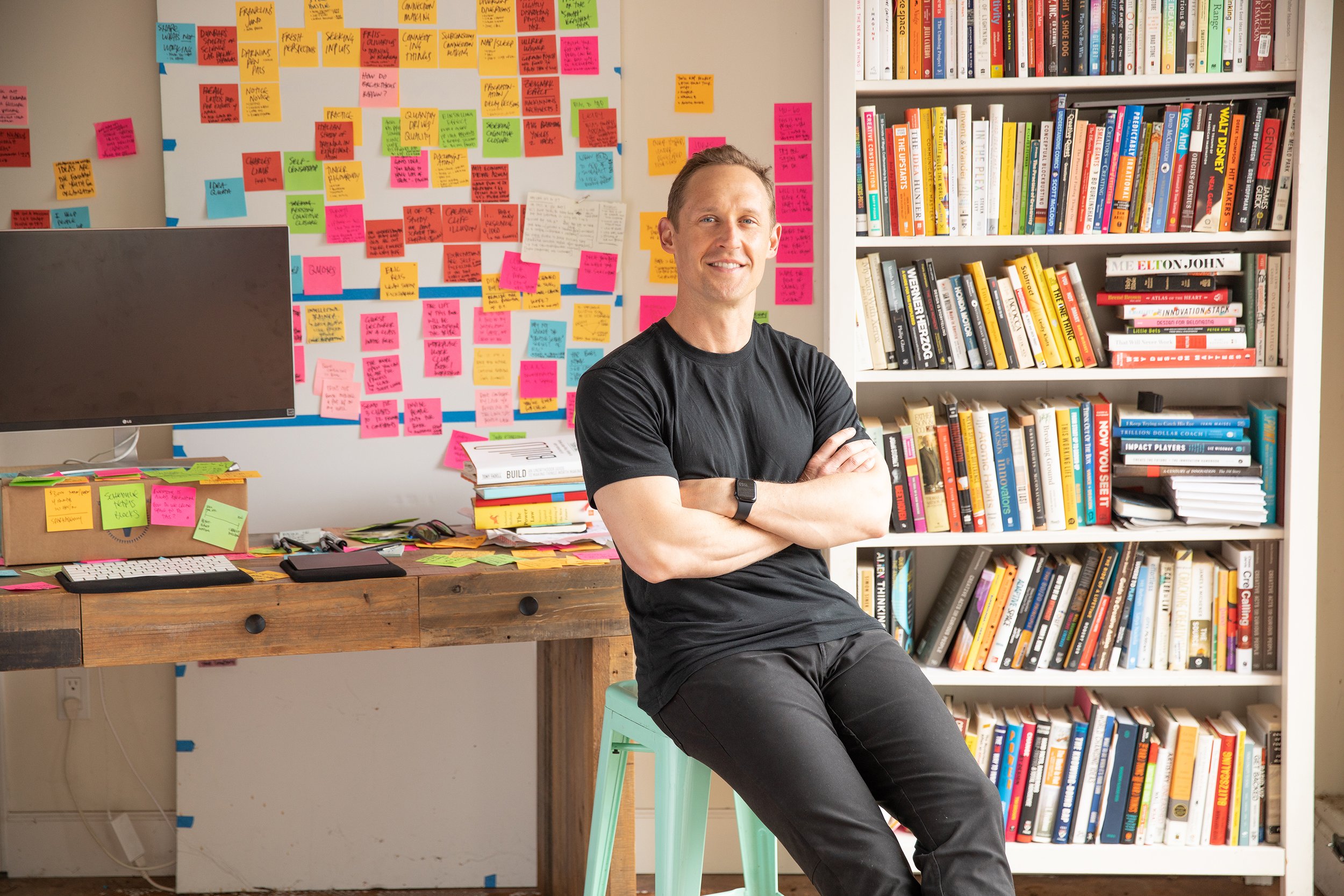
Methods of the Masters
A blog on the art & science of creative action.
Say, “I Don’t Know”
“I don’t know,” might be three of the hardest words to say, especially for a professor. A leader is often conceived as the one who knows. And yet, not knowing creates space for the unexpected to emerge…
Be Willing To Be Bad
The best creators are constantly learning. There’s immense value in doing something you’re not good at, specifically for the sake of seeing an old thing from a fresh angle.
Keep A Bug List
Great leaders know that every innovation begins with a problem. Instead of telling their people to “bring me solutions,” they encourage folks to be on the lookout for problems worth solving.
Make An Imperfect Attempt
It’s a grave mistake to assume that a spectacular outcome started out spectacularly. As Ed Catmull, Founder and CEO of Pixar says, “Our job is to take movies from suck to not suck.”
Push Past Obvious
Paraphrasing Google X CEO Astro Teller, sparking group innovation can be as simple asking a team to “Gimme five.” Those two words contain a remarkable depth of wisdom.
Reach Beyond Yourself
The most popular post in my Stanford Slack channel illustrates a profound source of creative wisdom: “Would anyone be interested in staying after class tomorrow to brainstorm experiments?”
Magnify Your Problem
What do you do when your work is under public attack? Few have grappled with the question as deeply as Becky Margiotta, co-founder and champion of the 100,000 Homes campaign.
Get Unstuck
This guest post comes from Ozan Varol, one of my favorite rocket scientists. It’s excerpted from his new book, “Awaken Your Genius,” which is sure to be on my year-end best books list!
Make An Extra Revision
Don’t just generate new ideas. Iterate your old ones, too. According to legendary creators James Clear and Mr. Beast, iteration is sometimes even more important than a new idea.
Discern the Need for Input
One of the great secrets to effective creativity is, when you're finding creative output hard to come by, shift your attention to your inputs. The outputs of our thinking are largely a function of the inputs we seek.
Roast A Problem
Some problems can be hard to see from different perspectives. William Hardaway, a design leader in higher education recommends taking a light-hearted approach to exposing unexplored angles.
Build Your Idea Muscle
Spectacular entrepreneurs craft clever experiments. And a robust experimentation practice demands a rigorous ideation ritual. At Stanford, this is how folks build the muscle.
Number Your Ideas
World-class creators like Jon Acuff literally count their ideas. It’s one of the simplest ways to measure your creative capacity, and whether it’s growing.
Learn With Lunatics
The surprising secret to YouTube sensation Mr. Beast’s rise to prominence? Gathering likeminded learners to exponentially reduce the ramp of a new pursuit. Such folks are lunatics.
Appreciate Feeling Stuck
For all the ink that’s been spilled on overcoming creative blocks, we often neglect an important reality: getting stuck is essential to breaking through! Let’s stop to appreciate the feeling…
Design A Hypothesis
A good hypothesis is one of the most valuable assets in the scientific world. And they’re getting harder to come by. Luckily, this is where design thinking shines.
Request Criticism
Leaders at Stanford and Pixar have proven that one of the most powerful ways to accelerate the quality of our ideas is to actively seek and embrace critique.



















